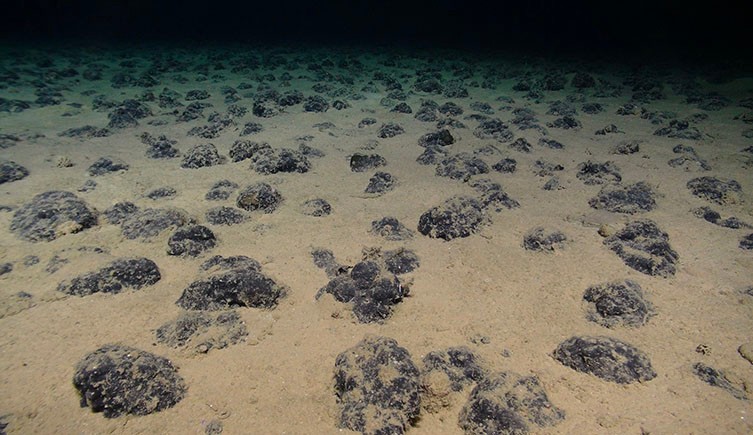
High Seas Treaty to Impact Seabed Mining
A newly ratified treaty to protect marine biodiversity is expected to intensify opposition to seabed mining, a contentious issue in the global push for mineral extraction. The High Seas Treaty, formally known as the Biodiversity Beyond National Jurisdiction (BBNJ) agreement, will take effect in January 2024. This landmark treaty, which took two decades to finalize, is designed to safeguard life at sea by establishing vast conservation zones across international waters.
Although the treaty does not specifically address seabed mining, it mandates cooperation with the International Seabed Authority (ISA), which has yet to approve commercial mining in international waters. Environmental groups have hailed this treaty as a “once-in-a-generation” opportunity to protect marine biodiversity, with the goal of safeguarding 30% of the oceans by 2030.
Seabed Mining: A Rising Global Trend
Despite the new environmental pact, several countries are moving forward with plans to extract valuable minerals from the ocean floor. India, for instance, signed a 15-year contract with the ISA to explore polymetallic sulphides in the Indian Ocean, securing the largest exploration zone in the region. Similarly, companies like Impossible Metals from California are pushing to explore the Clarion-Clipperton Zone (CCZ) in the Pacific, which holds valuable metals such as copper, nickel, and manganese—critical for electric vehicle production.
On the other hand, environmentalists argue that deep-sea mining threatens fragile ecosystems that remain poorly understood. With the looming threat of a global supply crunch in critical metals like copper, nickel, and rare earth elements, the demand for seabed extraction has intensified. The International Energy Agency (IEA) predicts a 40% rise in copper demand by 2040, while demand for lithium and nickel could jump as much as 90%.
The Industry’s Response and Future Outlook
Despite environmental concerns, the seabed mining industry is pressing ahead. France, the only G7 nation to have ratified the treaty, and several other countries are accelerating exploration within their territorial waters. Moreover, companies like Canada’s The Metals Company (TMC) and California-based Impossible Metals are eyeing lucrative commercial permits and significant investments from international partners, such as Korea Zinc.
The US, under the Biden administration, has signed the treaty but has yet to ratify it. Instead, the US government is allocating mining licenses to private companies, positioning seabed mining as a strategic move to reduce reliance on foreign minerals and create economic growth. The potential for seabed mining to generate jobs and contribute billions to the global economy remains a key driver of its expansion.
SuperMetalPrice Commentary:
As the High Seas Treaty comes into effect next year, the pressure on seabed mining operations will undoubtedly intensify. Governments and mining companies must navigate a delicate balance between environmental responsibility and the growing demand for critical minerals. While the treaty offers much-needed conservation efforts, it also highlights the rising tension between ecological preservation and the race for deep-sea resources. Stakeholders in the mining and environmental sectors must closely monitor how the treaty’s implementation will shape the future of seabed mining.







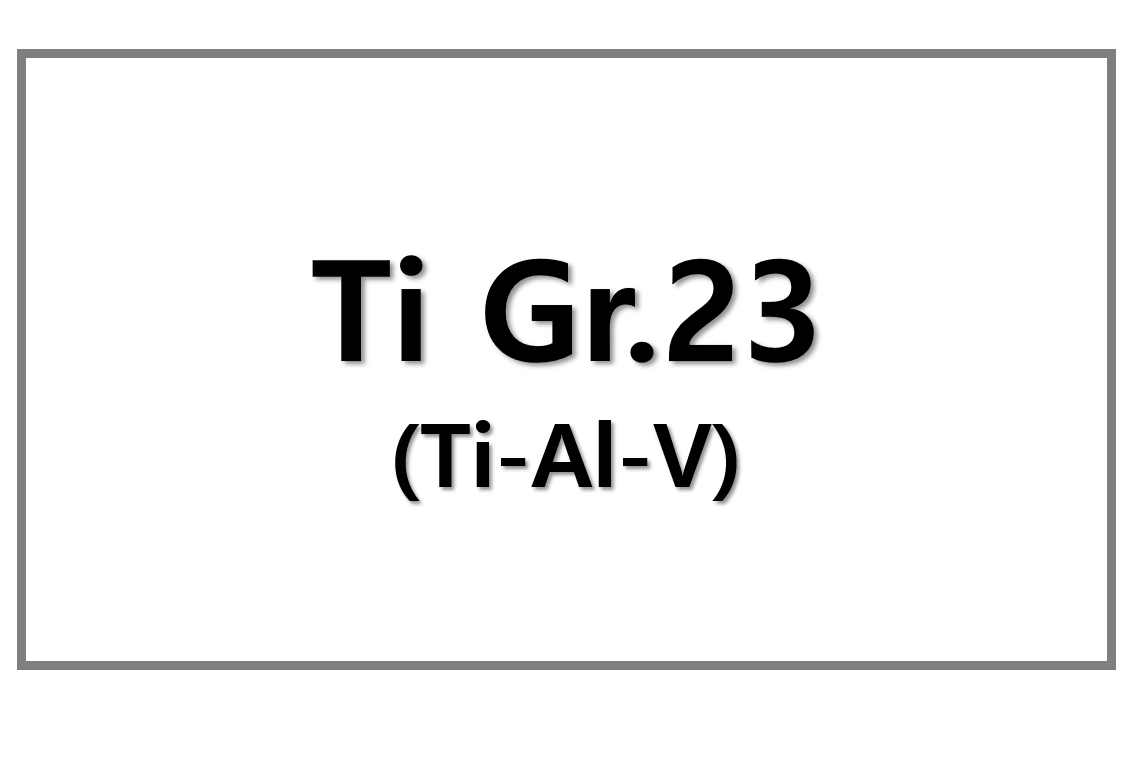
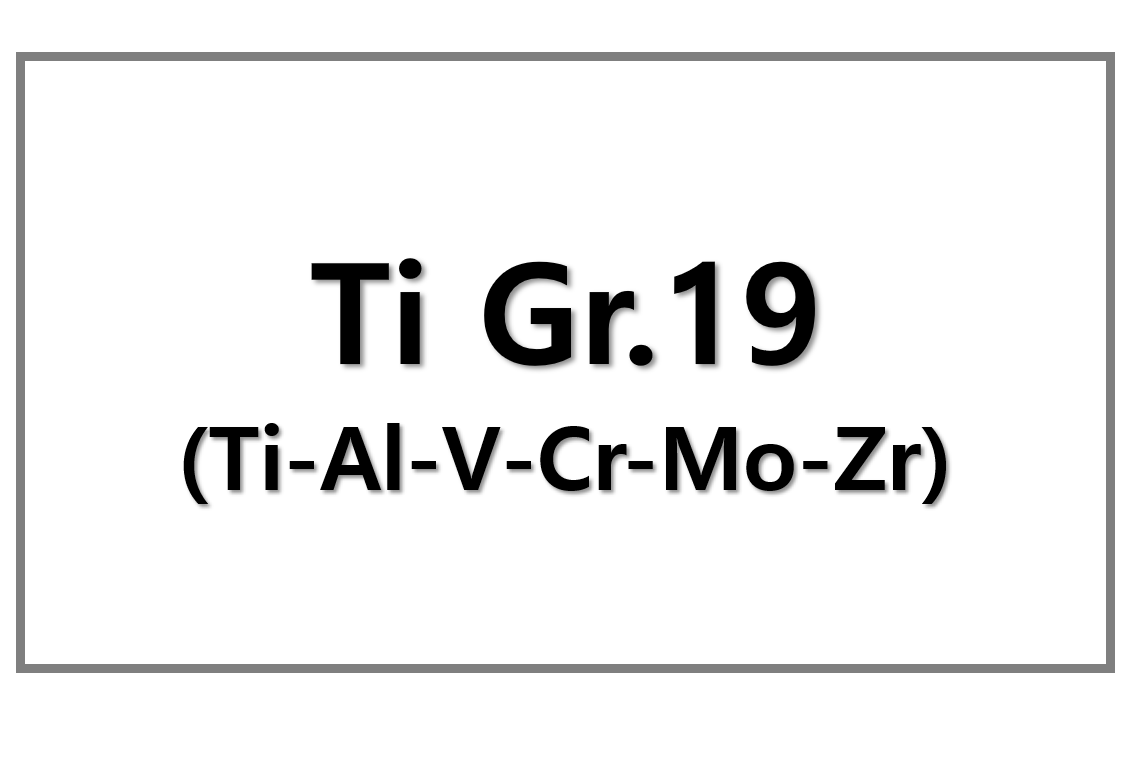
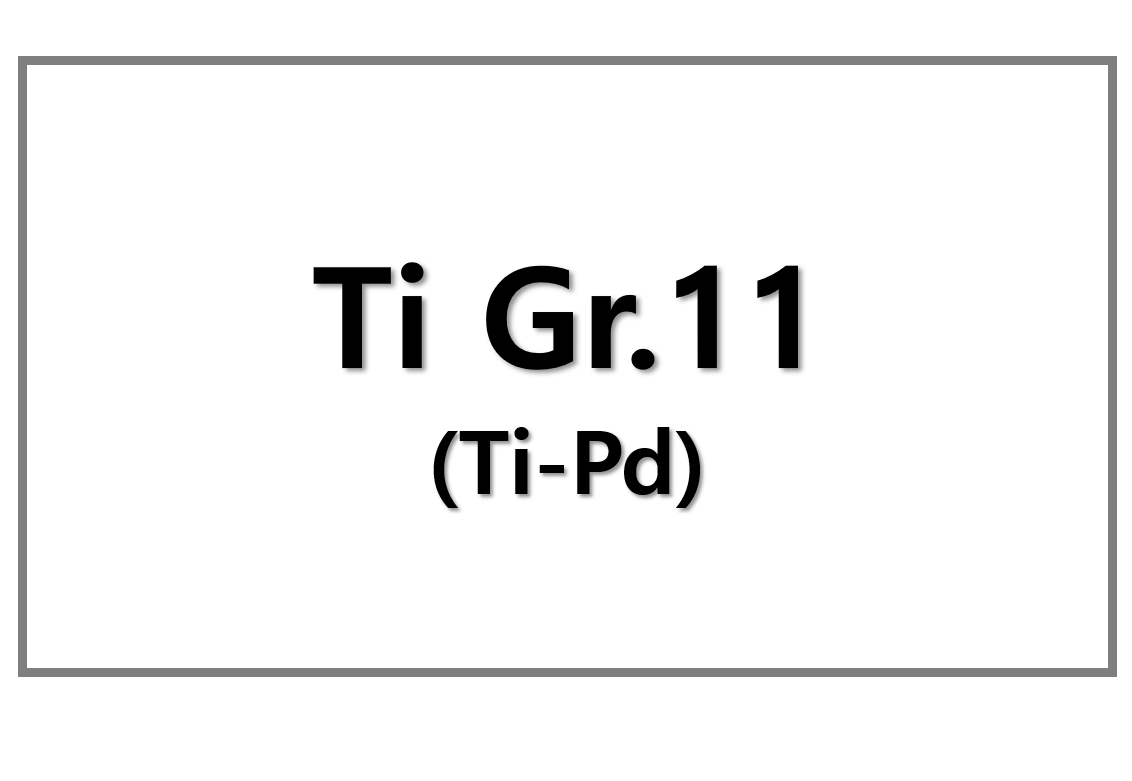
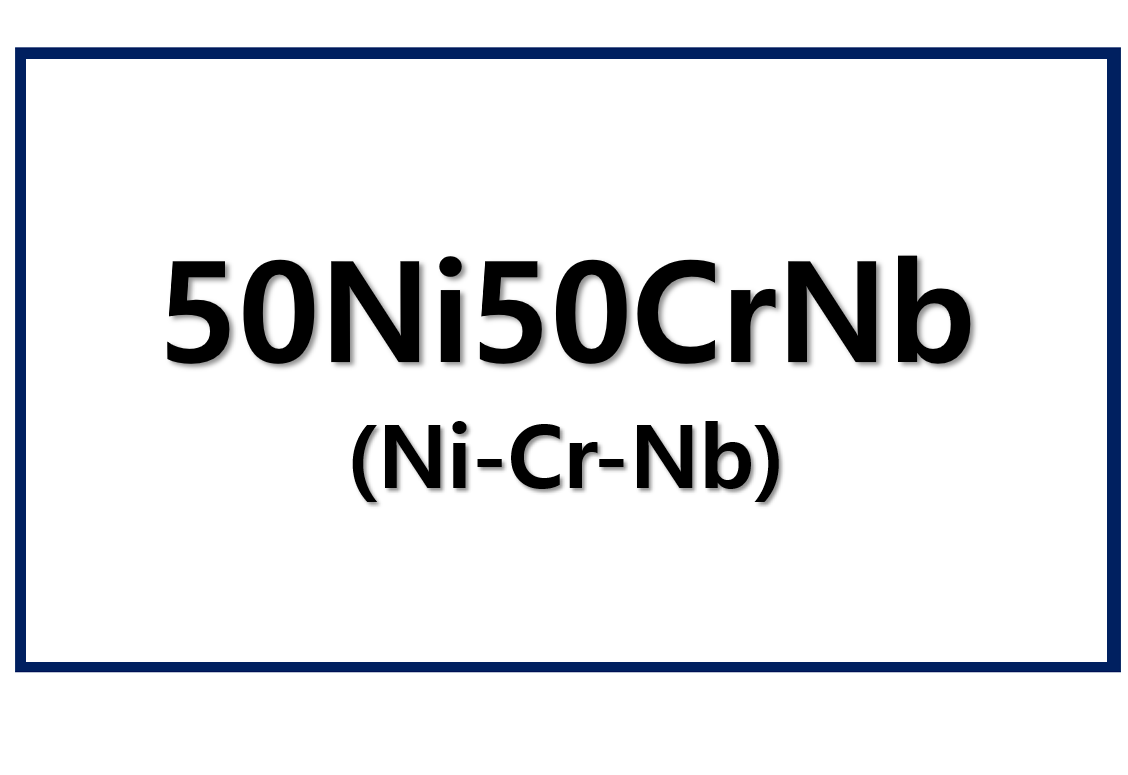
Leave a Reply
You must be logged in to post a comment.